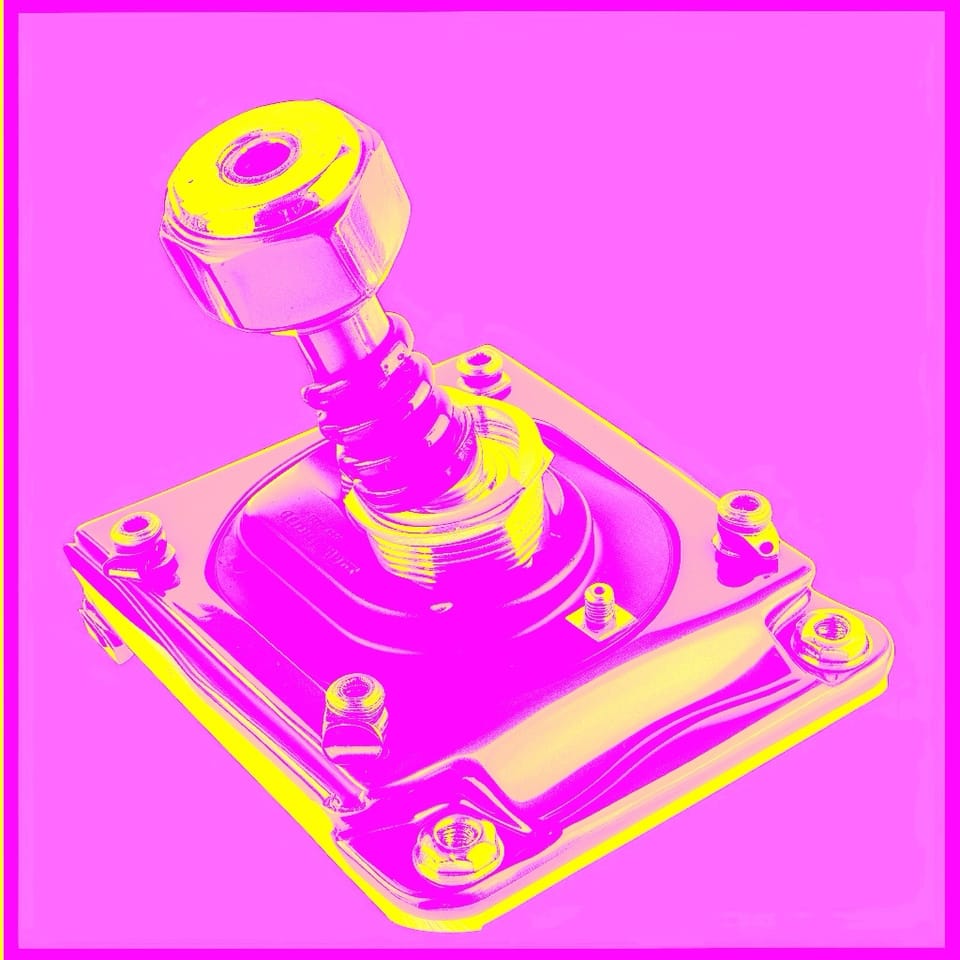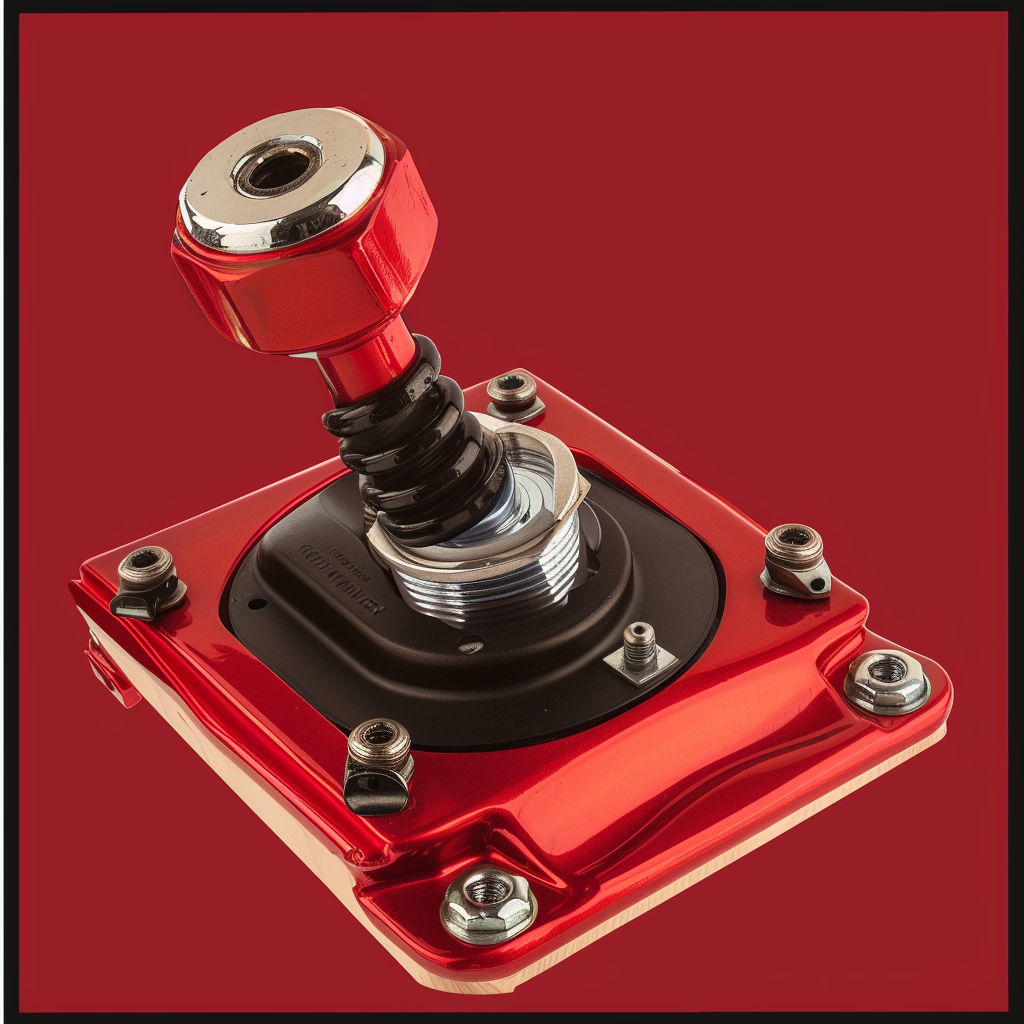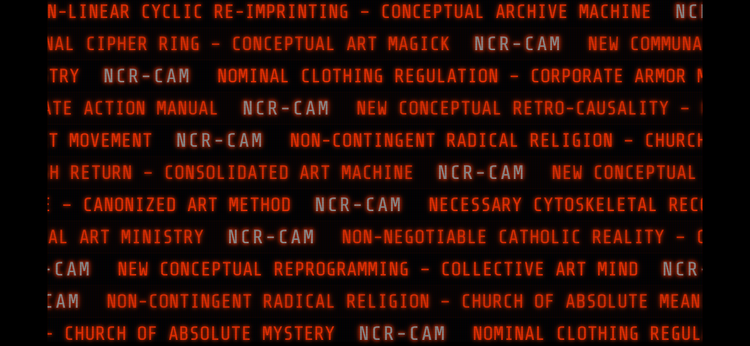Short-throw shifters

The History of Short-Throw Shifters

Early Development and Conceptualization
Pre-World War II Era:
- Manual Transmission Origins: The early 20th century saw the development of manual transmissions, with long gear shifts being the norm. These shifters required considerable movement to change gears, reflecting the mechanical simplicity of early automobiles.
- Initial Innovations: During the 1920s and 1930s, as automotive technology advanced, there was a growing interest in improving gear-shifting efficiency. However, most innovations focused on the reliability and robustness of transmissions rather than on the ergonomics or precision of the shifter mechanism.
Post-World War II and the 1950s
Rise of Performance Cars:
- Increased Demand for Performance: After World War II, the automotive industry saw a surge in the production of performance and sports cars. Enthusiasts and engineers began seeking ways to enhance driving experiences, including more efficient and quicker gear shifts.
- First Aftermarket Modifications: The 1950s witnessed the birth of the first aftermarket short-throw shifter modifications. These were primarily the domain of racing teams and car enthusiasts who modified existing gear shifters to reduce the distance required for shifting.
The 1960s and 1970s
Mainstream Adoption and Refinement:
- Muscle Car Era: The 1960s, known for the muscle car era, brought about a significant focus on performance enhancements. Car manufacturers and aftermarket companies started offering short-throw shifters as performance upgrades.
- Hurst Performance: Hurst Performance was a pioneer in the development and commercialization of short-throw shifters. George Hurst and his team developed shifters that significantly reduced the throw distance, making them a popular choice among racers and performance car owners.
Hurst Competition Plus:
- Iconic Product: The Hurst Competition Plus shifter, introduced in the 1960s, became an iconic product. It offered a much shorter throw compared to standard shifters, greatly improving gear shifting speed and precision. It became a staple in muscle cars like the Ford Mustang, Chevrolet Camaro, and Dodge Challenger.
The 1980s and 1990s
Technological Advancements and Widespread Use:
- Refinement and Durability: The 1980s and 1990s saw continued refinement of short-throw shifters. Manufacturers focused on improving the durability and precision of these components, making them more reliable for both street and track use.
- Japanese Influence: Japanese automakers, known for their precision engineering, also contributed to the popularity of short-throw shifters. Cars like the Nissan 240SX and Mazda RX-7 began featuring factory or aftermarket short-throw shifters, appealing to a new generation of car enthusiasts.

The 2000s to Present
Modern Innovations and Mainstream Acceptance:
- Factory Options: By the 2000s, short-throw shifters had become a mainstream option. Many car manufacturers started offering them as factory-installed performance upgrades. This included a wide range of vehicles, from sports cars to hot hatches.
- Precision Engineering: Modern short-throw shifters benefit from advanced materials and precision engineering. They are designed to offer a balance of reduced throw distance, durability, and smooth operation.
- Diverse Applications: Today, short-throw shifters are not only found in high-performance sports cars but also in various other vehicle types, including trucks and sedans, where improved shifting dynamics are desired.
Market Evolution:
- Aftermarket Innovations: The aftermarket industry continues to innovate, with companies like B&M, Skunk2, and others offering a wide range of short-throw shifters tailored to specific vehicles and driving styles.
- Customization and Personalization: Modern car enthusiasts appreciate the ability to customize their driving experience. Short-throw shifters are often part of a broader trend of vehicle personalization, allowing drivers to fine-tune their cars to their preferences.
Conclusion
The evolution of short-throw shifters from a niche modification in the 1950s to a widely accepted performance enhancement reflects broader trends in automotive engineering and enthusiast culture. Initially driven by the demands of racers and performance car enthusiasts, these shifters have become a testament to the continuous pursuit of driving perfection, blending mechanical innovation with ergonomic design.






Member discussion